| This October I attended a continuing education course: Functional Biomechanics of the Lower Quarter taught by Christopher Powers, PT, PhD, FACSM, FAPTA. I walked away from the weekend with much more appreciation for the gluteus maximus. The glute max works in 3 planes at the hip: extension (moving leg back behind the body), abduction (moving the leg away from the body out to the side), and external rotation (rotating the thigh so the knee moves outward). |
|
The glute max is key to controlling the trunk over the pelvis, to the stability of the pelvis and to the lower quarter. When the glutes are weak, you will see increased leaning of the trunk, excessive pelvic drop on non-weightbearing leg, and poor femur control (medial collapse of the knee & internal rotation of the femur). Dr. Powers says, "If something isn't being used, something else is being overused." If you have pain in your back, your hip, your knee, or your foot, stop right now and do this self assessment of your glut max. Video yourself and observe your trunk, your pelvis and your knee as you step down and back up from an 8 inch step. My glutes need some work on both sides, but notice that I have less control with my right leg in this test. I have a harder time keeping my trunk upright, my pelvis drops, and my knee collapses in and is wobbly. What I really like about Dr. Powers program is that he provides a systematic 8 level training program for the glut max. You cannot go to the next level until you are able to pass the lowest one with ease and control. I have provided the first level of glute training here. Have fun, and may you be blessed with buns of steel! Susan McLaughlin is a physical therapist who specializes in the management of pelvic floor and orthopedic dysfunctions. She is the owner of ALIGN integration|movement in Salt Lake City, UT. Helpful tips and other self care strategies can be found at www.alignforhealth.com.
0 Comments
There are so many different ways to sit yet most of us spend time sitting in chairs at work, at school, at the movies, etc. And yes, there a lot of different ways to sit in a chair, but mostly when we sit we are leaning back into the chair, allowing our spine and pelvis to collapse. Over time, this constant load onto the flexed spine, the sacrum and supporting ligaments can create muscular and connective tissue adaptations. If we can make some simple changes in our sitting habits, we can change the loads and environment within the tissues to improve blood flow, cellular remodeling to potentially get us out of a back ache or even a pelvic floor issue.
Susan McLaughlin is a physical therapist who specializes in the management of pelvic floor and orthopedic dysfunctions. She is the owner of ALIGN integration|movement in Salt Lake City, UT. Helpful tips and other self care strategies can be found at www.alignforhealth.com.
Get Moving!
Susan McLaughlin is a physical therapist who specializes in the management of pelvic floor and orthopedic dysfunctions. She is the owner of ALIGN integration|movement in Salt Lake City, UT. Helpful tips and other self care strategies can be found at www.alignforhealth.com.
When our body can't move freely and our tissues are compressed, this will lead to decreased blood flow, decreased nerve conduction and decreased tissue hydration. Over time this can lead to lymphatic congestion, stiff joints, poor circulation and pain. Tight pants also affect how we are able to sit, bend and squat. Have you noticed how you sit in yoga pants versus jeans or pants? Chronic positioning of the pelvis into a posterior tilt can lead to all sorts of bad things like:
Susan McLaughlin is a physical therapist who specializes in the management of pelvic floor and orthopedic dysfunctions. She is the owner of ALIGN integration|movement in Salt Lake City, UT. Helpful tips and other self care strategies can be found at www.alignforhealth.com.
As I mentioned above, the joint is simple, but the function is complex because the hip joint, like any other joint in the body, does not work/move in isolation. Lack of hip range of motion can effect the health of the shoulders, spine, pelvis, knees and feet. Improving hip joint motion is one of the key steps to ensure proper mechanics of the extremities and the spine. How are your hips? Try these moves for better movement.
Susan McLaughlin is a physical therapist who specializes in the management of pelvic floor and orthopedic dysfunctions. She is the owner of ALIGN integration|movement in Salt Lake City, UT. Helpful tips and other self care strategies can be found at www.alignforhealth.com.
These exercises are great for building the global muscles of the core: abs and back muscles, but what about the intrinsic muscles of the core? In my practice, many people have come to me who have already been doing their "core exercises" and yet they still suffer from back pain, SI dysfunction and pelvic floor disorders, etc. The key to true core stability is to develop motor control, timing and coordination of the intrinsic muscles first, and then develop the abs, obliques and back muscles once the inner stabilization system is firing and wiring together. Intrinsic Core MusclesDiaphragmatic breathing is a great way to reconnect the inner core musclesThe Rhythm of the Respiratory Cycle:
Establishing Core Stability Through Diaphragmatic BreathingSusan McLaughlin is a physical therapist who specializes in the management of pelvic floor and orthopedic dysfunctions. She is the owner of ALIGN integration|movement in Salt Lake City, UT. Helpful tips and other self care strategies can be found at www.alignforhealth.com.
Self Care Steps:
On the functional exam I will see an inability to go into a deep squat, or the hips will shift to the opposite side during the squat. On the passive motion test there will be a limitation in hip flexion, and they may express pain with a combination of movements: hip flexion, adduction and internal rotation. Standing in alignment and learning how to let go of the grip in the rotator muscles is essential for healing, as well as reprograming the normal glide of the head of the femur. In normal motion, as the knee moves toward the chest, the head of the femur should glide back and down. Due to the tightness of the rotators, the back (posterior) hip capsule can be restricted. Restoring the tissues and the hip motion can be achieved through simple self mobilizations. 3. Hip Release and Hip Glides: this is a video demonstrating how to do the self mobilizations to regain normal motion. Susan McLaughlin is a physical therapist who specializes in the management of pelvic floor and orthopedic dysfunctions. She is the owner of ALIGN integration|movement in Salt Lake City, UT. Helpful tips and other self care strategies can be found at www.alignintegrationandmovement.com.
 The quadricep muscle group is comprised of 4 muscles that all share a similar attachment to the lower leg bone, the tibia. The muscles converge at the knee at the patella (knee cap) and inserts onto the tibial tuberosity. The muscles are named for their location on the thigh:
The main action of this group is to extend (straighten) the knee and the rectus femoris will also flex the hip. Quadricep control is important for walking, running, going up and down stairs, lunging, squatting, basically every move we make. Having supple quadriceps is key not just for healthy knees, but for healthy feet, hips and spine. Restrictions in the quads will affect proper loading of the foot and knee during gait. Tightness in the rectus femoris can pull the pelvis forward into anterior rotation which increases lumbar extension and spinal compression, and can limit hip extension (being able to bring the leg behind you). How to stretch the quadricepLet's face it. Many of us are super tight, and it feels good to pull on the leg as far as you can to get a deep stretch. The stretch always feels good, but the muscles never fully let go and we have to keep stretching forever and ever. One possible reason why the muscles don't make lasting changes is that we have a stretch reflex within the muscles that serve as a protective mechanism: if the muscle is stretched too far beyond its limit, it will contract to prevent injury. During stretch sessions, you may be moving beyond your tissue limit so the muscles never change! One way to refine and meet your tissues is to scale back and use alignment markers to guide you into your stretch. Alignment Markers:
How to release the rectus femoris (hip flexor and knee extender)Susan McLaughlin is a physical therapist who specializes in the management of pelvic floor and orthopedic dysfunctions. She is the owner of ALIGN integration|movement in Salt Lake City, UT. Helpful tips and other self care strategies can be found at www.alignintegrationandmovement.com.
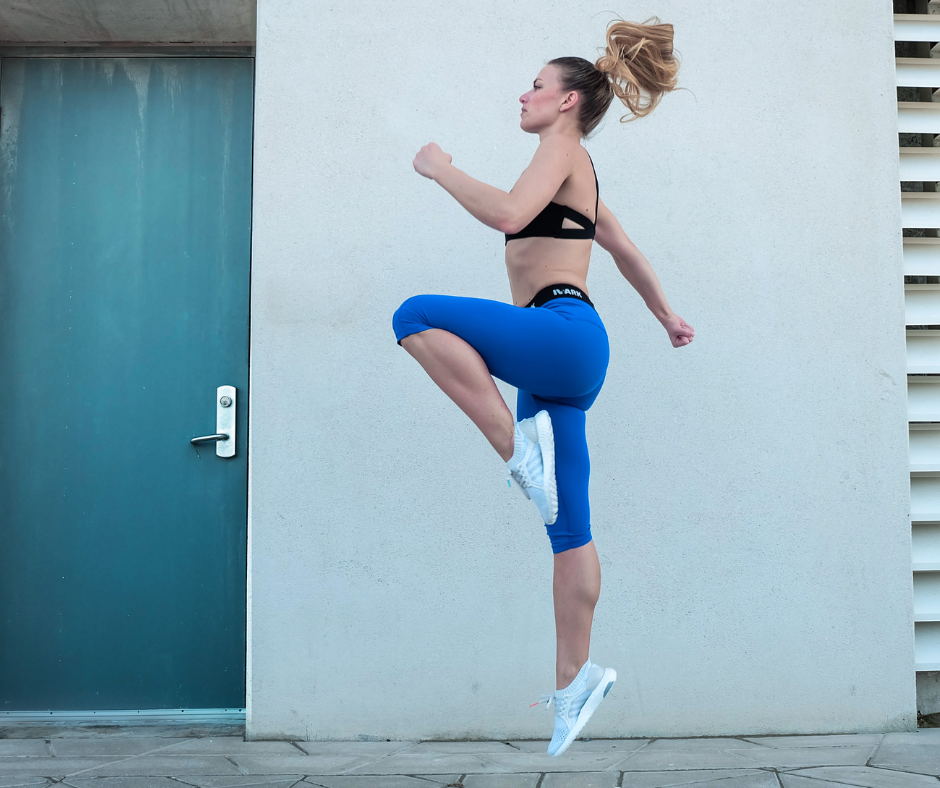 I have been working with a client for a few visits. His main complaint: L low back pain and L hip pain. He has made some good progress and will feel good for about a week or so and then the discomfort will come back. In our last session we found that he couldn't lift his left thigh off of the table when he was on his stomach, and it really hurt his back. I could see that his back muscles on his left side were really working hard. I released the back muscles and his discomfort went away, but he still couldn't lift his leg. His left gluteus maximus was not responding what so ever! This last weekend I attended a training called "Finding Center" by Gary Ward of Anatomy in Motion. The first day of training we spent 4 hours exploring the 3D movement of 6 key muscles in the body. One of these muscles was the gluteus maximus. Many of us know the glute max actions: hip extension, hip external rotation and hip abduction. Typical ways to strengthen this muscle is through concentric contractions as in clam shells, fire hydrants, bridges, lunges and squats. According to Gary Ward, the first rule of movement is: "Muscles lengthen before they contract." His theory is that you want to lengthen the muscle as far as it can go, and it has nothing to do but contract. I applied this concept when I returned from my training. My client came in this week with his left back and hip a little aggravated. I tested my client again on his stomach. He could not lift his thigh off of the table, and he had incredible pain in his back. I had him stand up onto his left leg and move through the single leg squat and 3D reach. I had him allow his hip and knee to move into flexion, adduction and internal rotation (prior to this training, I would have controlled for knee adduction and internal rotation). After completing about 10 repetitions he says, "I don't have the pain in my glute anymore." We moved through a few more patterns, got him back on the table and retested his ability to lift his thigh off the table: Full lift without any pain! He was completely amazed, and quite honestly so was I! He got off of the table, took a walk and didn't have any pain. Next time you feel like you are stuck in your training, or you have a case of "dead butt", remember: muscles lengthen before they contract. I have included one of the movement patterns I went over with my client in the video below. Rather than tapping down with the foot, you can also try reaching your arm out to touch the floor in a clockwise fashion. 3D Glute MaxSusan McLaughlin is a physical therapist who specializes in the management of pelvic floor and orthopedic dysfunctions. She is the owner of ALIGN integration|movement in Salt Lake City, UT. Helpful tips and other self care strategies can be found at www.alignintegrationandmovement.com.
 We have two psoas muscles on each side of our body: psoas major and psoas minor. This blog is specific to our psoas major. This summer I took a very cool tele-class from Liz Koch, of Core Awareness. In this 5 week series we explored the location and function of the psoas and its relationship to the nervous system and our "fight/flight/freeze" response, to our emotional well-being and to our skeletal support. The psoas is centrally located: emerging from the midline at thoracic level 12, attaching to every lumbar vertebra and inserting into the inner thigh at the lesser trochanter. The psoas allows the lower limb to move and swing a as a pendulum: multidirectional/orbital. As a physical therapist I see many people with SI dysfunction, hip and back pain. In almost all cases, the psoas is the top priority to rehabilitate. On muscle testing the psoas is usually weak, and the flexibility test is usually tight. What I have come to understand through this tele-class, through my training as a Restorative Exercise Specialist™ and as an NKT™ practitioner, is that rather than manipulate the psoas through deep tissue work and stretching, the psoas needs to rehydrate and recover from over-exhaustion. I have compiled my favorite top 10 ways to release, rehydrate and restore the psoas. It is helpful to perform a release before going onto the movement sequences. Some of these are from Liz Koch's book, "The Psoas Book" and some are from the Whole Body Alignment Program. ReleasesMovementsSusan McLaughlin is a physical therapist who specializes in the management of pelvic floor and orthopedic dysfunctions. She is the owner of ALIGN integration|movement in Salt Lake City, UT. Helpful tips and other self care strategies can be found at www.alignintegrationandmovement.com.
|
AuthorSusan McLaughlin, FEEL GOOD SERIES:
|
|
|
Archives
November 2022
May 2022
November 2021
April 2021
December 2020
September 2020
July 2020
June 2020
May 2020
April 2020
February 2020
October 2019
September 2019
August 2019
July 2019
March 2019
January 2019
December 2018
November 2018
September 2018
August 2018
June 2018
March 2018
February 2018
January 2018
December 2017
November 2017
October 2017
August 2017
July 2017
May 2017
March 2017
February 2017
January 2017
December 2016
November 2016
September 2016
August 2016
July 2016
June 2016
May 2016
April 2016
February 2016
January 2016
December 2015
November 2015
October 2015
September 2015
August 2015
July 2015
June 2015
May 2015
February 2015
January 2015
December 2014
November 2014
October 2014
August 2014
June 2014
May 2014
March 2014
February 2014
January 2014
December 2013
November 2013
October 2013
August 2013
July 2013
June 2013
May 2013
March 2013
January 2013
December 2012
November 2012
October 2012
September 2012
August 2012
July 2012
June 2012
May 2012
April 2012
March 2012
February 2012
January 2012

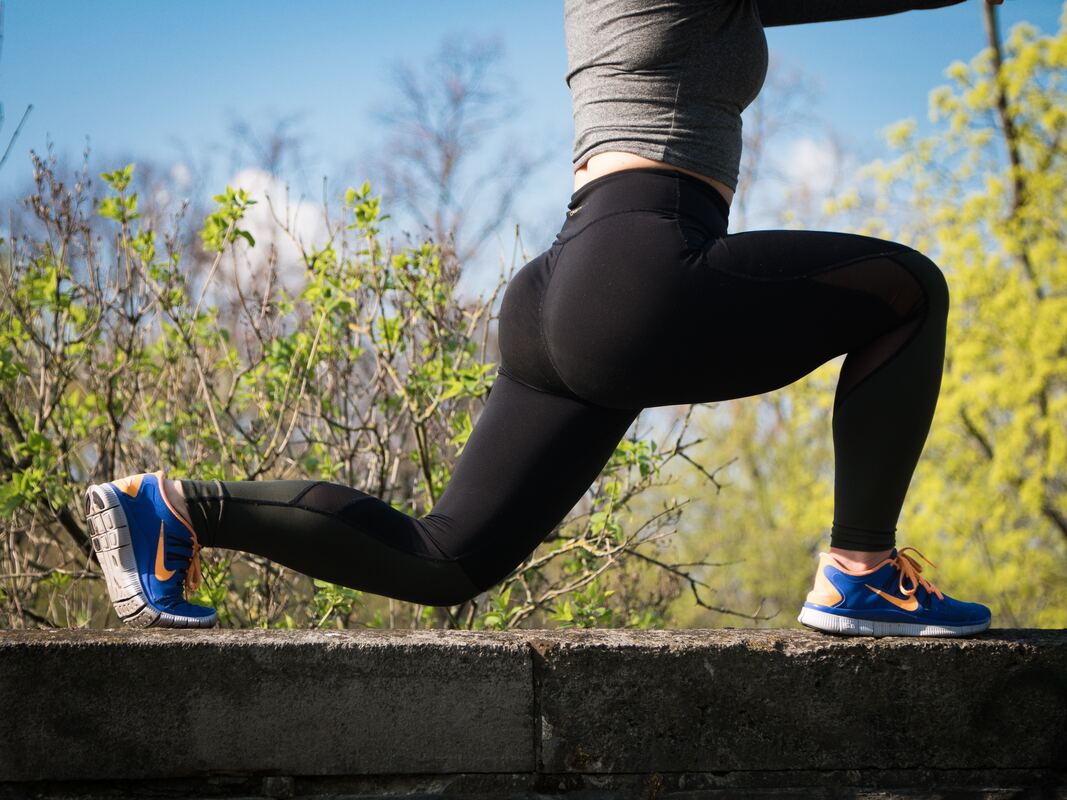
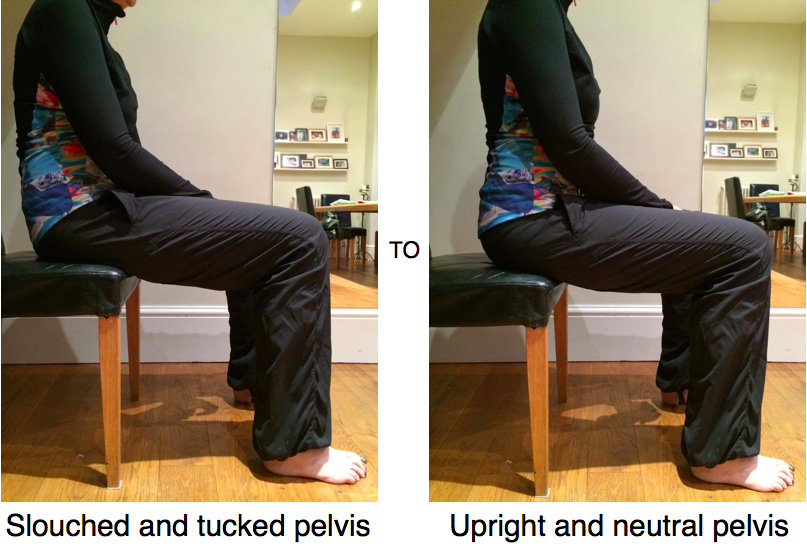


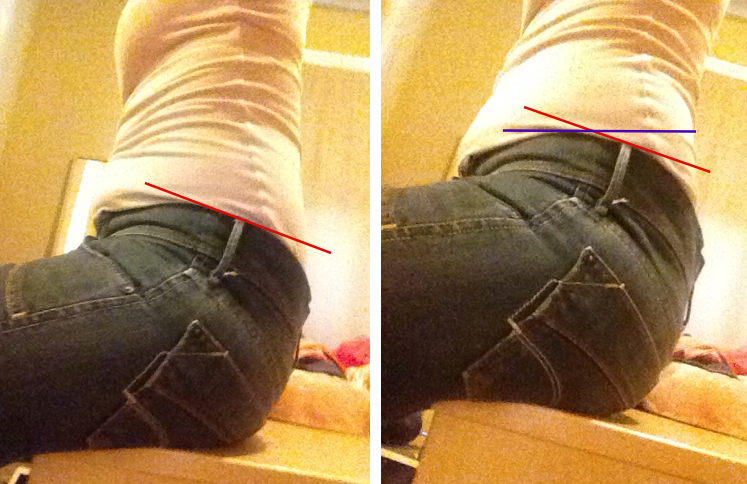
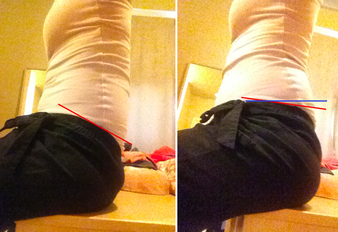
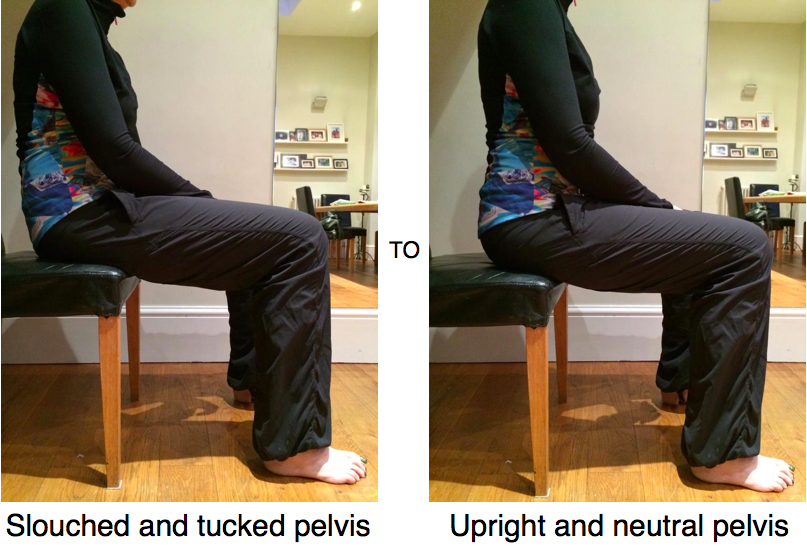
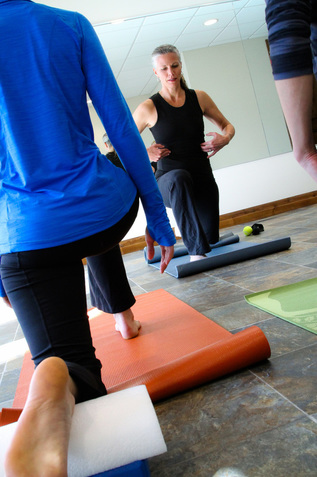
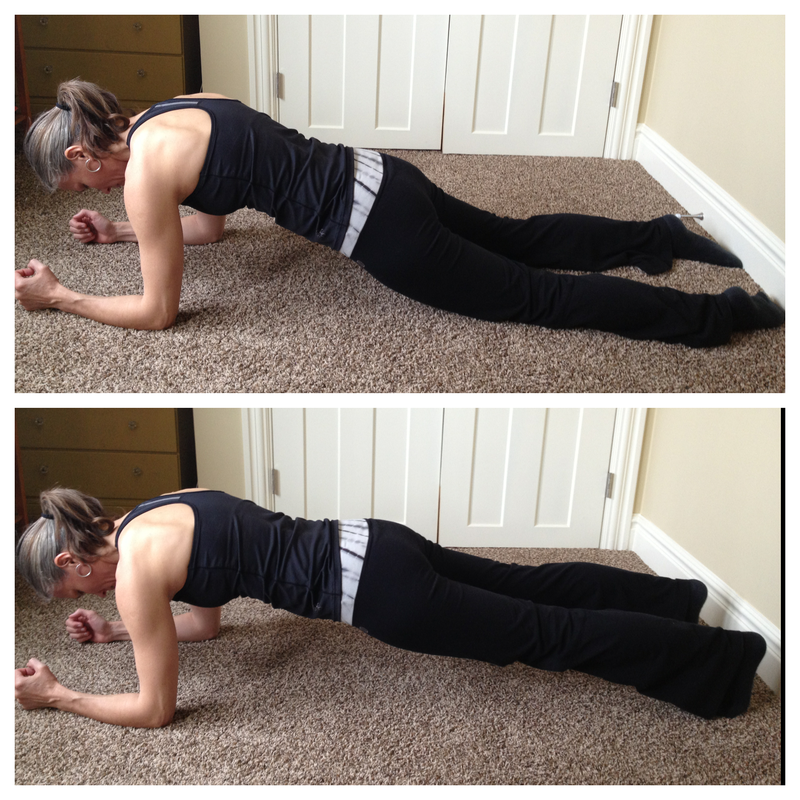
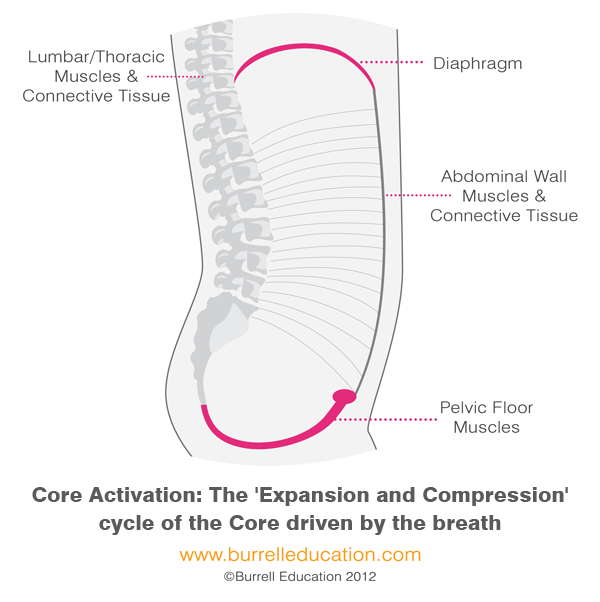
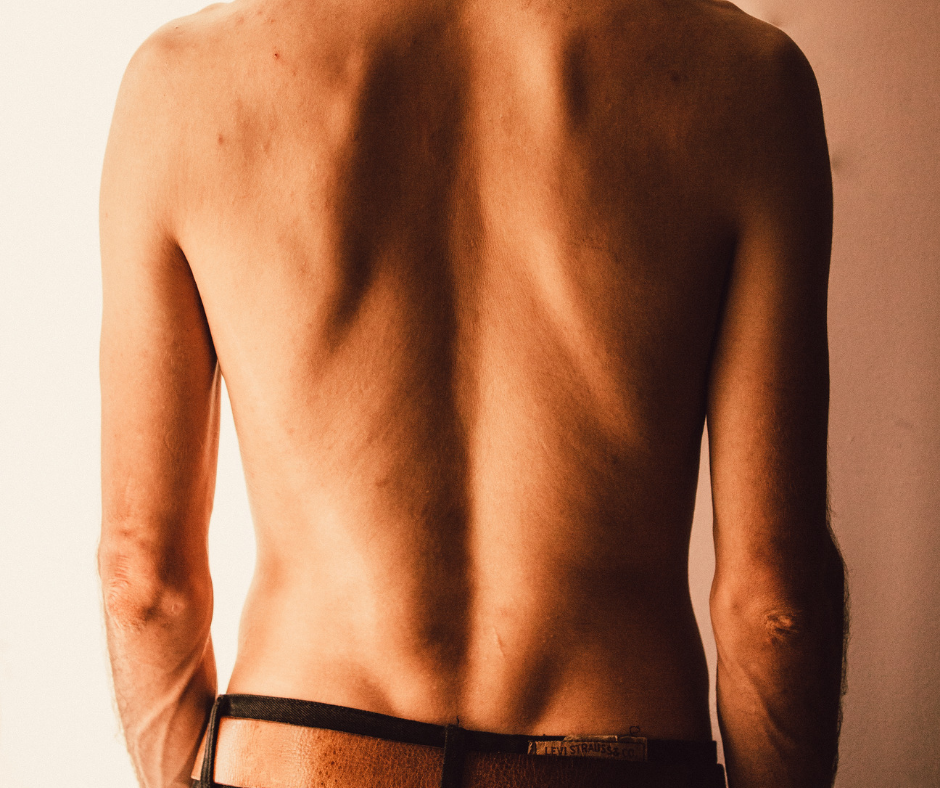

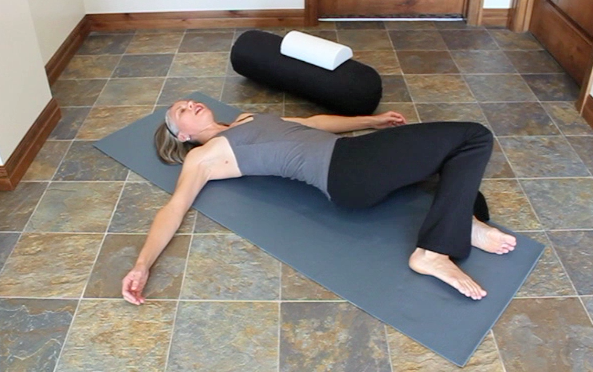
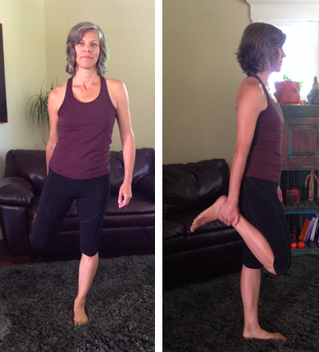
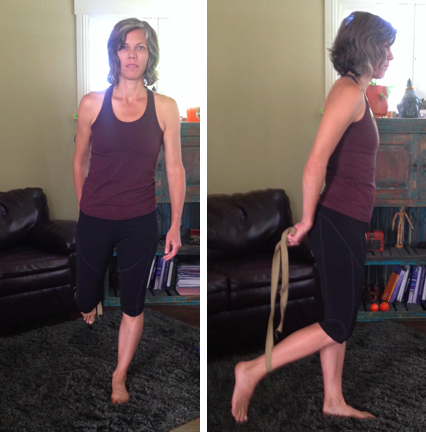
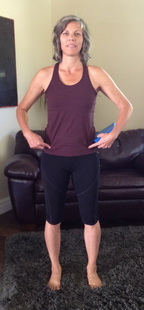
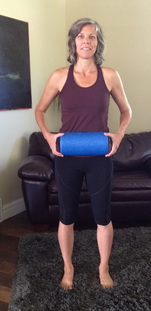

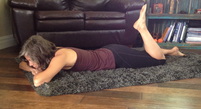
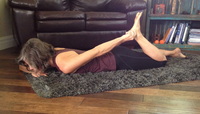
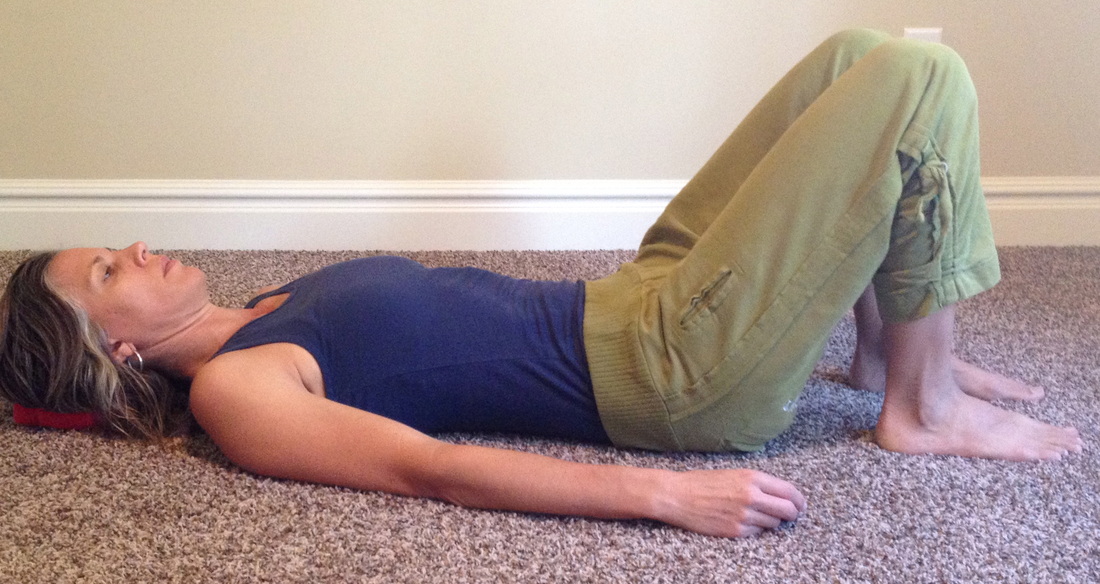
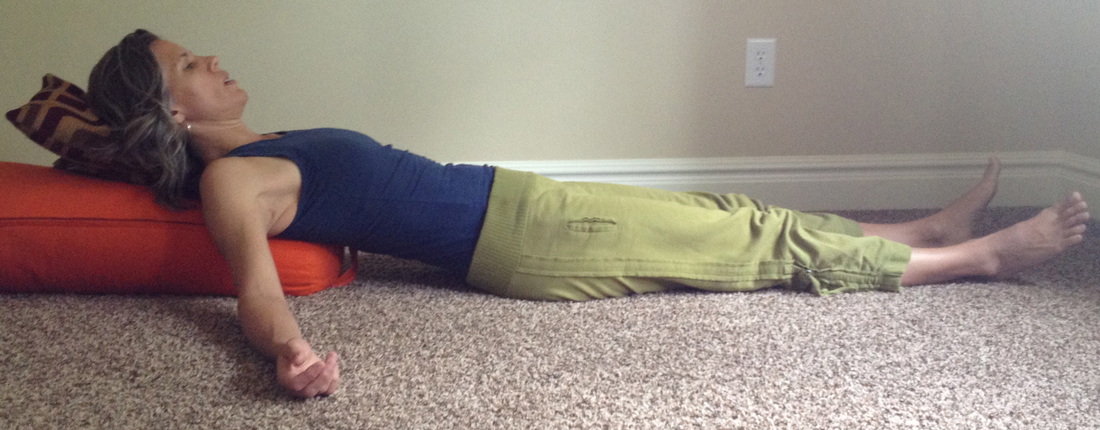
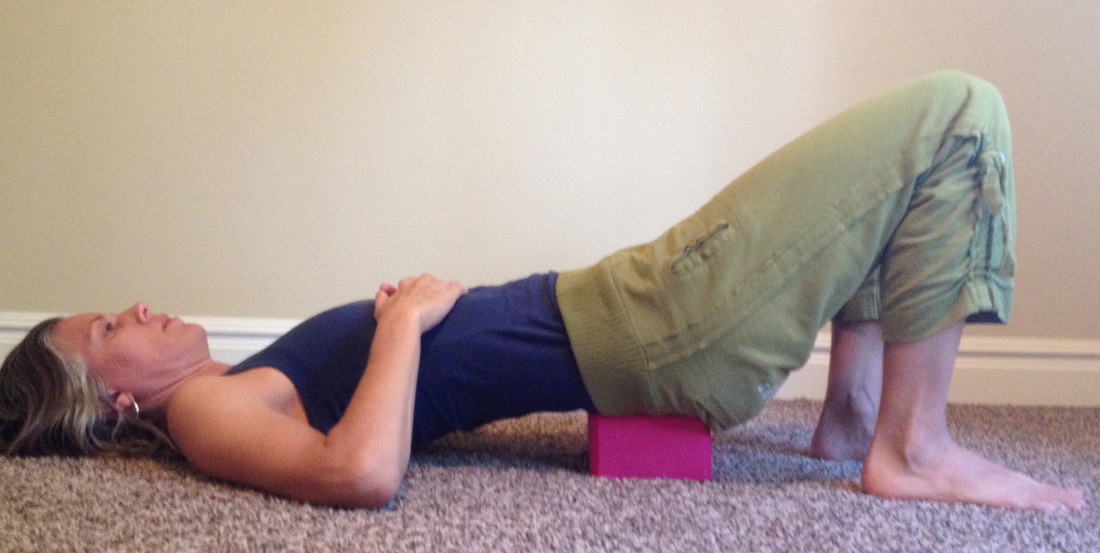
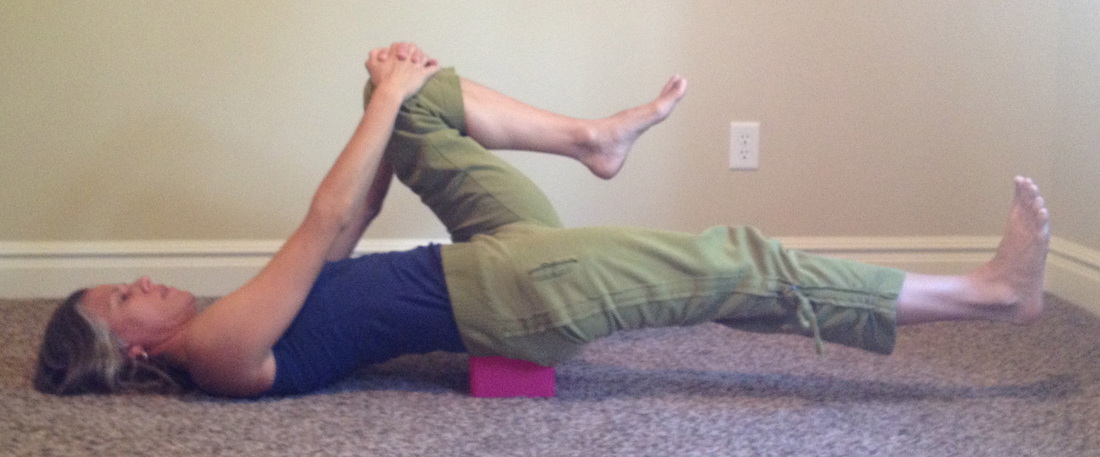
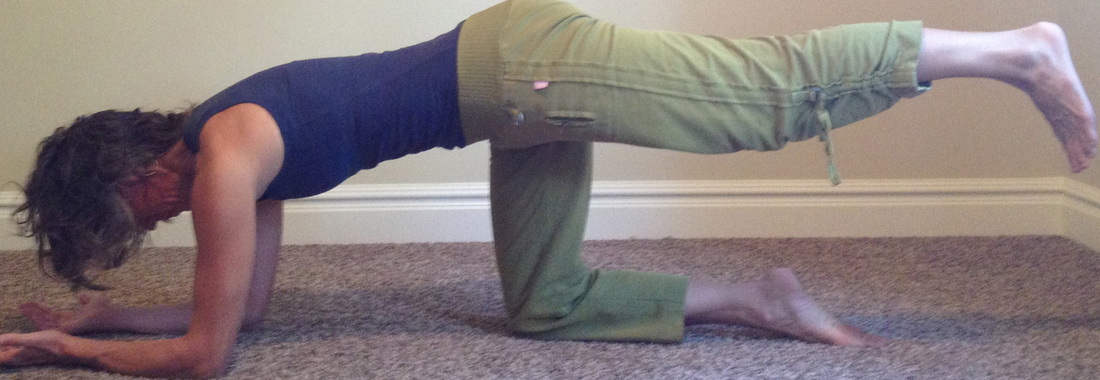
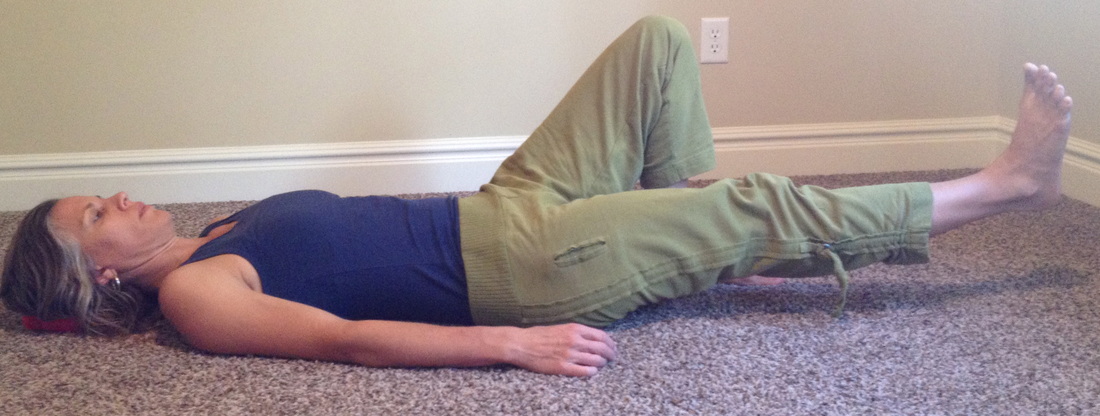
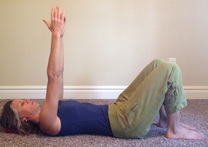

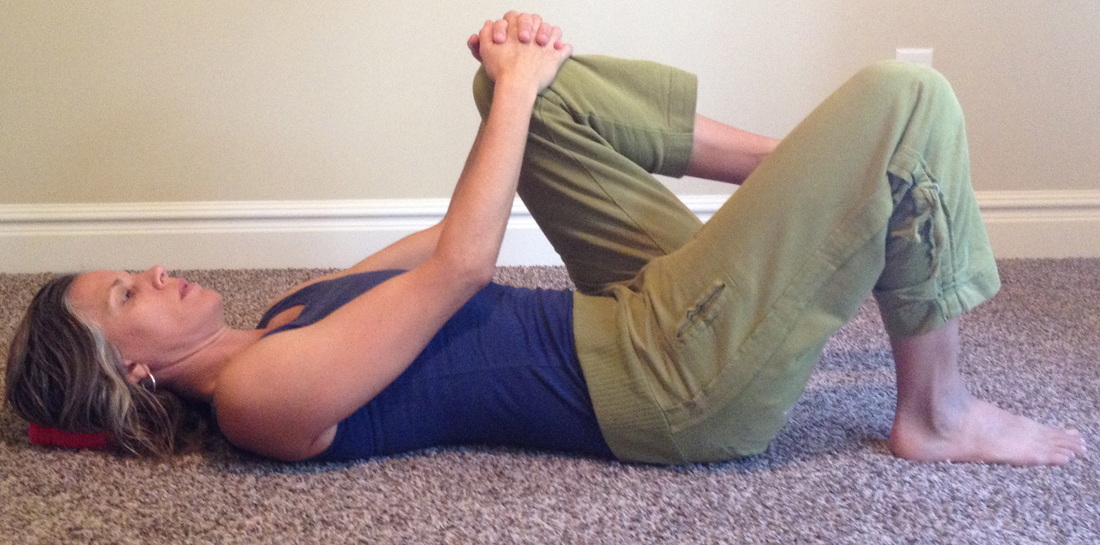







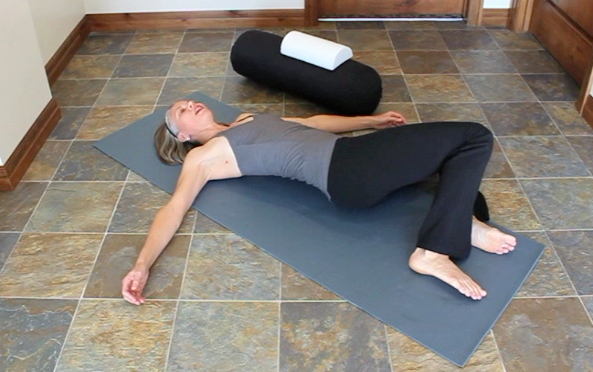
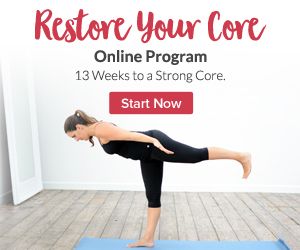
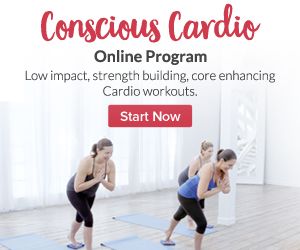
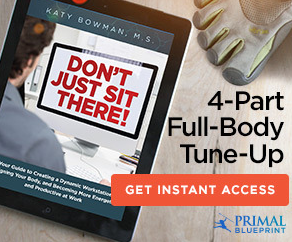
 RSS Feed
RSS Feed